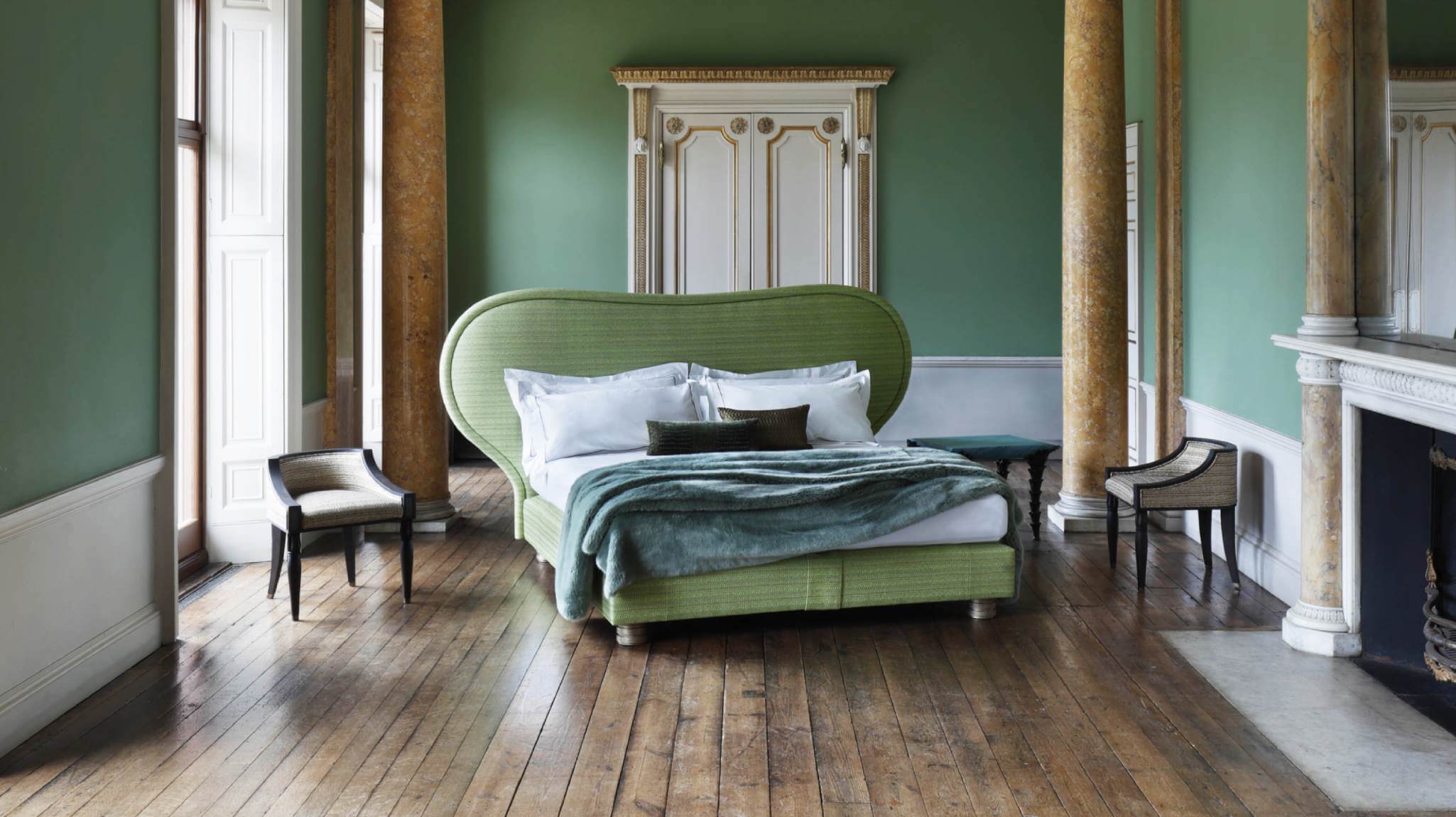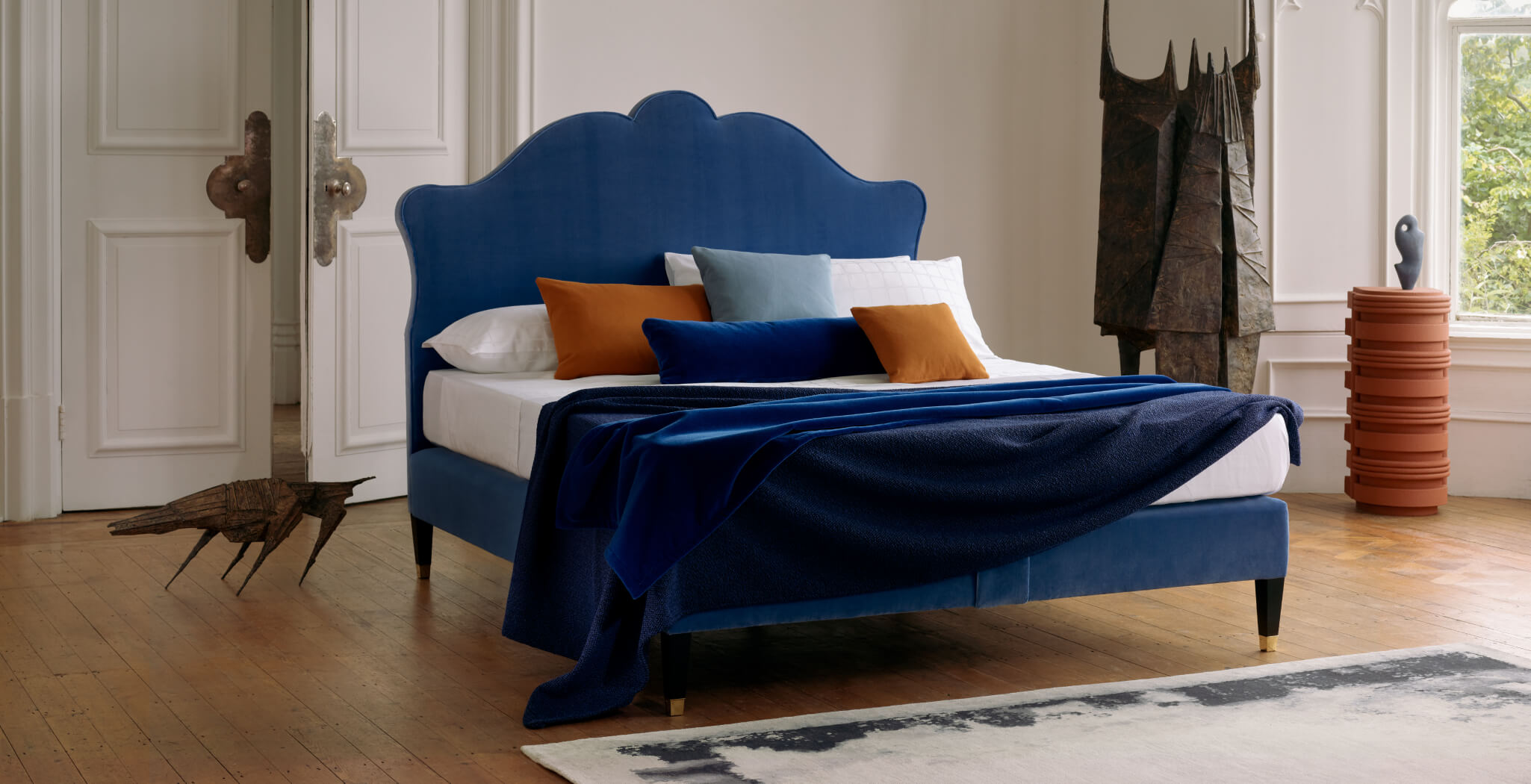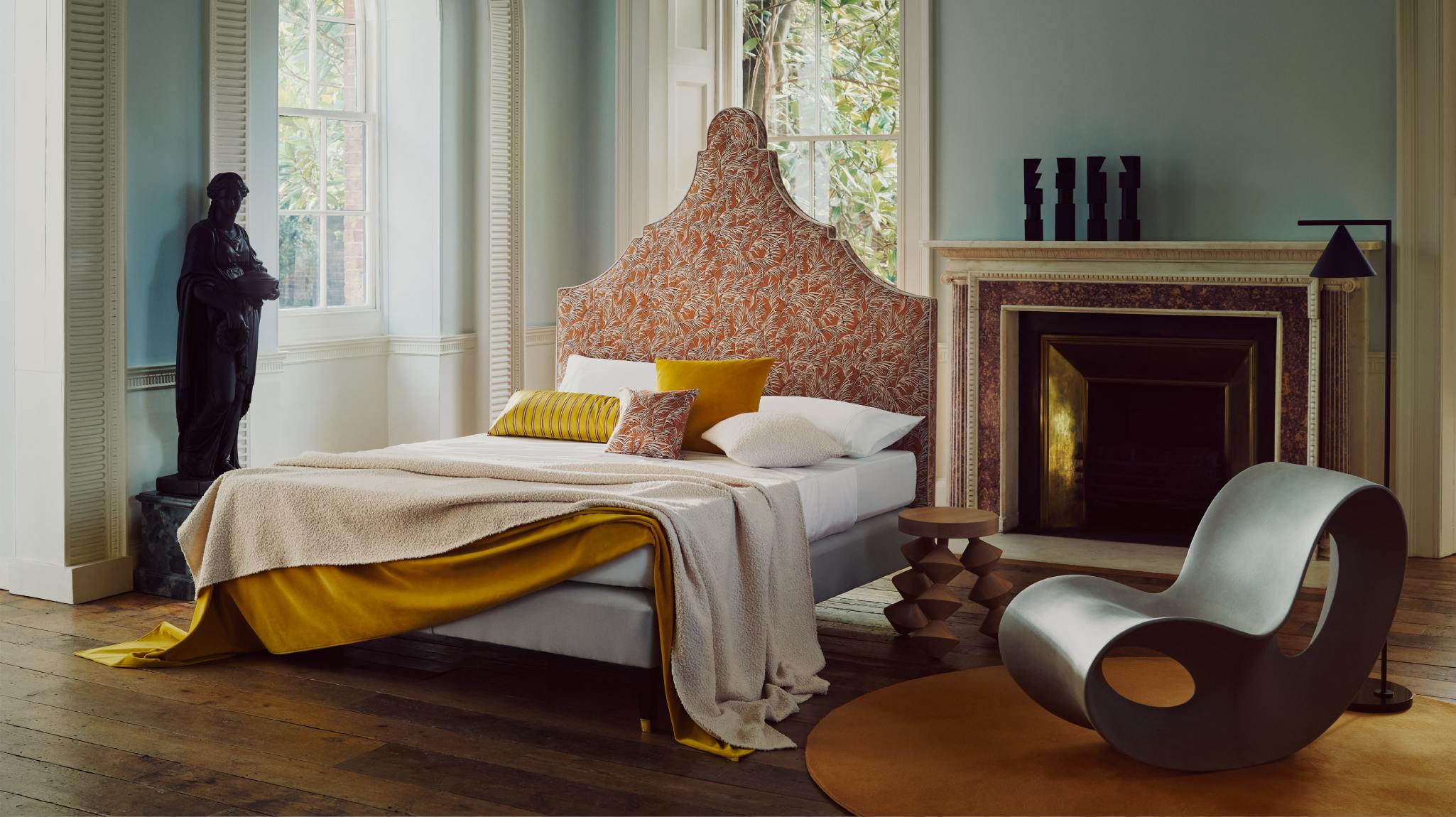Psychology of colour
It’s no ground-breaking news that colour affects our mood. But where the intrigue lies, is how intuitively it influences our thinking, that very often without even realising we make instinctive choices based on colour.
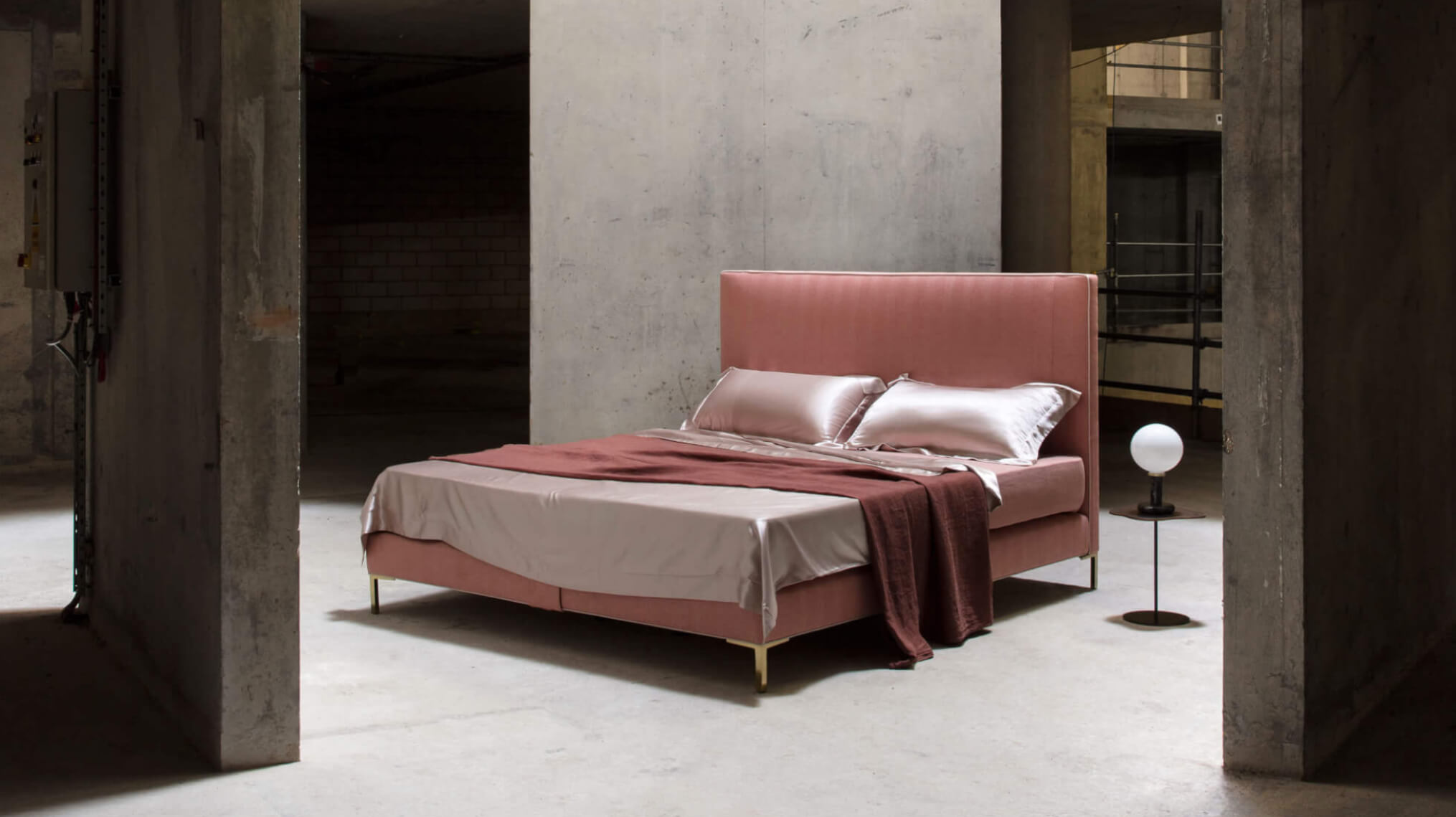
This instinct goes a little further than simply preferring one colour over another. Our brain automatically associates certain colours with specific characteristics. For example, we view cooler colours like green and blue as soothing and calming. While brighter colours, like red and yellow, are perceived as happy and uplifting.
The impact of colour on our behaviour has long been studied in a field called the Psychology of Colour. It aims to understand why and how different colours affect our feelings and decision-making processes. Although there are many hues and a never-ending range of shades, this field focuses on general guidelines of key colours we see around us every day.
Discover the meanings associated with each colour, that’ll guide you to design a bedroom that evokes the feeling, and atmosphere that is right for you.
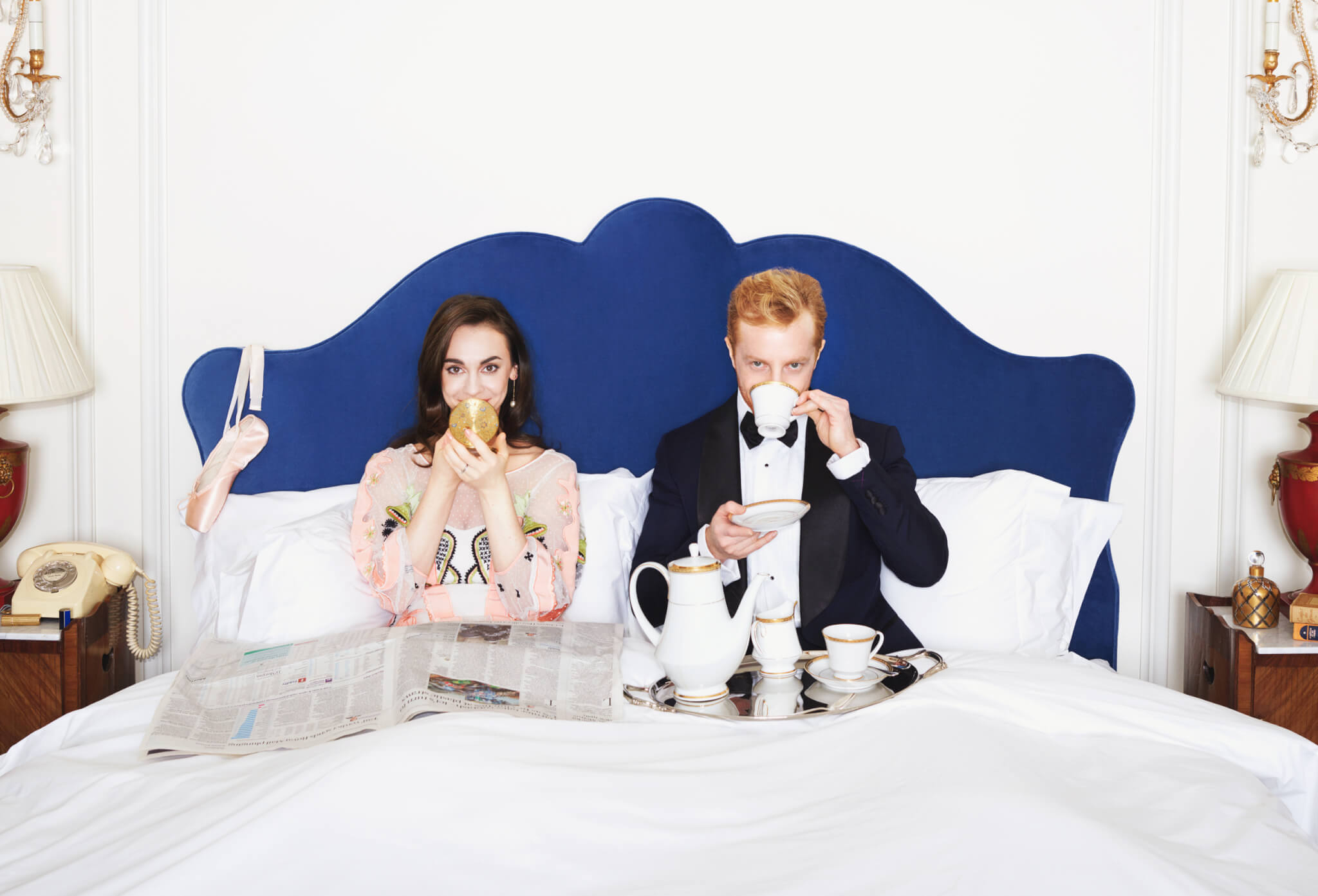
Blue, the symbol of loyalty and trust
As a short wavelength colour, blue, in simplest terms, is the easiest colour to look at. It’s what makes it the most used colour in the world. However, its power emerges not only from its popularity but also from the meaning we have assigned to it. It universally stands for tranquillity, stability, trust, and loyalty. This is why we see blue used amongst corporations within their branding – think social platforms, law firms, and charity organisations.
Blue in its lighter tones is calm and relaxing. In the world of interior design, you’ll very often find it in family homes. Especially in rooms meant for relaxation, like the living room, lounge or bedroom. A bed frame upholstered in a luxurious, blue fabric brings a sense of tranquillity and can aid in getting a good night’s rest. While a blue feature wall in the living or dining room will create a calm ambience. According to WGSN, a leading trend forecasting agency, Elemental Blue is the colour we should expect to see a lot around us this Spring/Summer season.
Elemental Blue confirms the continuation of refined mid-tone colours that speak of a slowed-down lifestyle and increased sensory awareness.
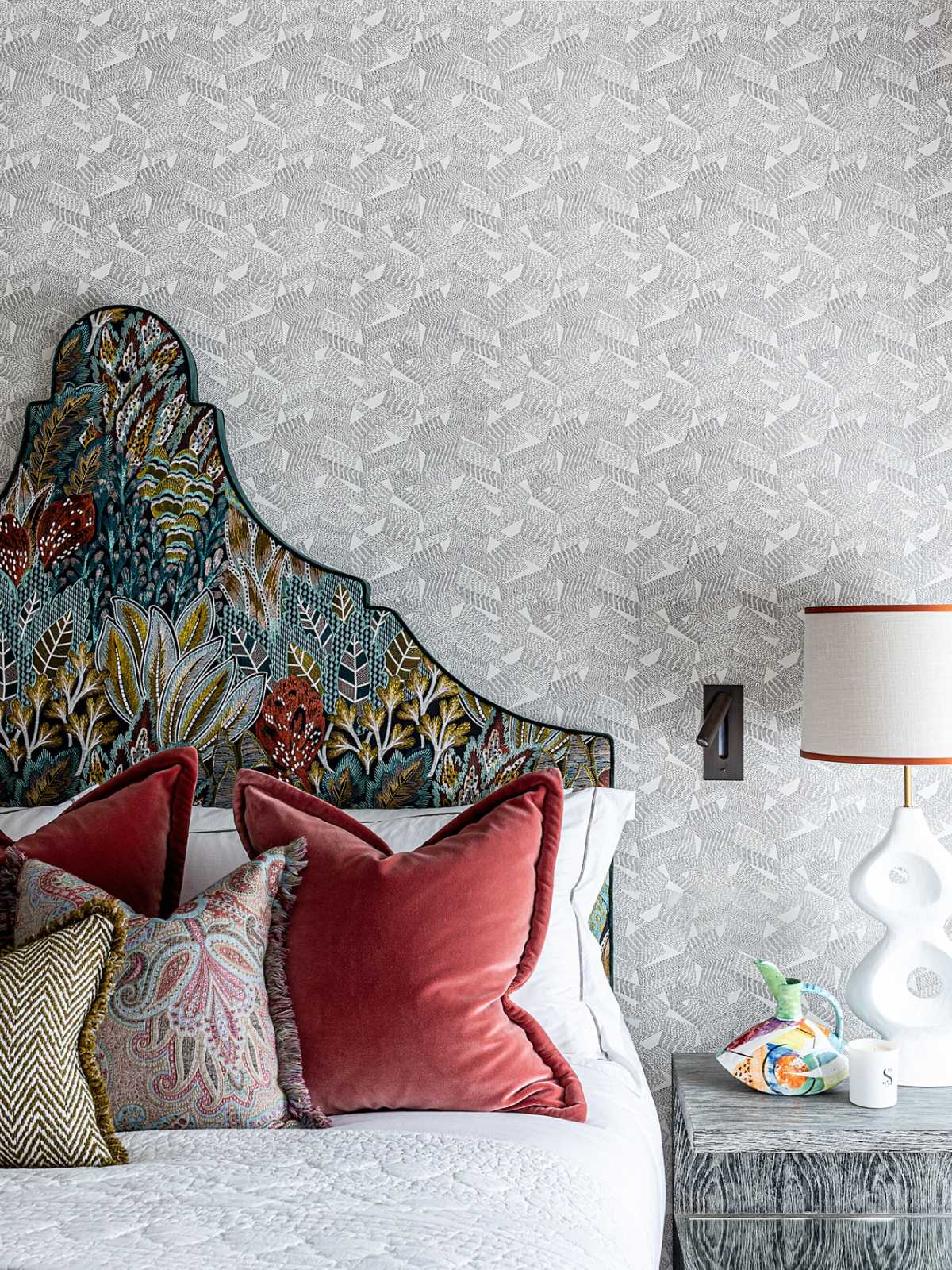
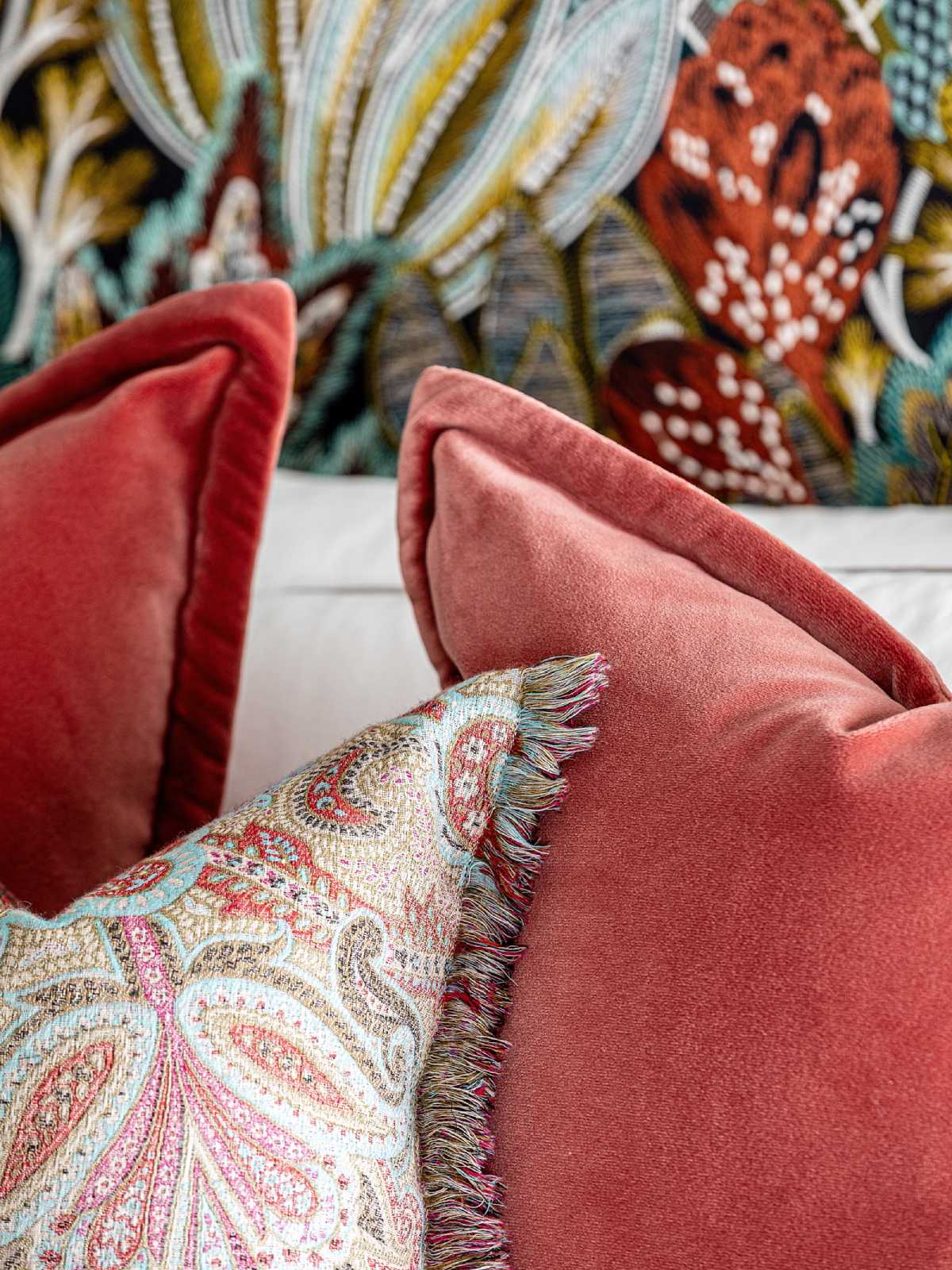
The passion and power of the colour red
Red on the other hand is an extreme colour – in all its meanings. The most powerful of all colours. It evokes a sense of energy and instantly grabs attention, thanks to its high visibility. This makes it an appropriate colour for warning signals like stop signs and fire engines. It’s one of the most intense colours, with its meaning ranging from love and desire to anger and danger.
Different cultures around the world perceive red in diverse ways. For example, in China’s stock market red symbolises a price increase. Whereas the extreme opposite rings true in many other countries. Why? Because red is the colour of happiness in Chinese culture, also traditionally used for the bride’s wedding dress.
Red’s bold and powerful presence also makes it the colour of choice for many iconic brands. Coca-Cola is a great example, where the colour red is used to convey a sense of excitement, energy, and youth. In interior design, this makes red the perfect colour to introduce into places meant for celebration. For instance, a lounge painted in bold, bright red will bring in a spirited feeling of joy and excitement. Its apparent link to food also makes it a great lead tone for a dining space. “We tend to eat more in the presence of red”, states Carlton Wagner, the Director of The Wagner Institute for Colour Research.
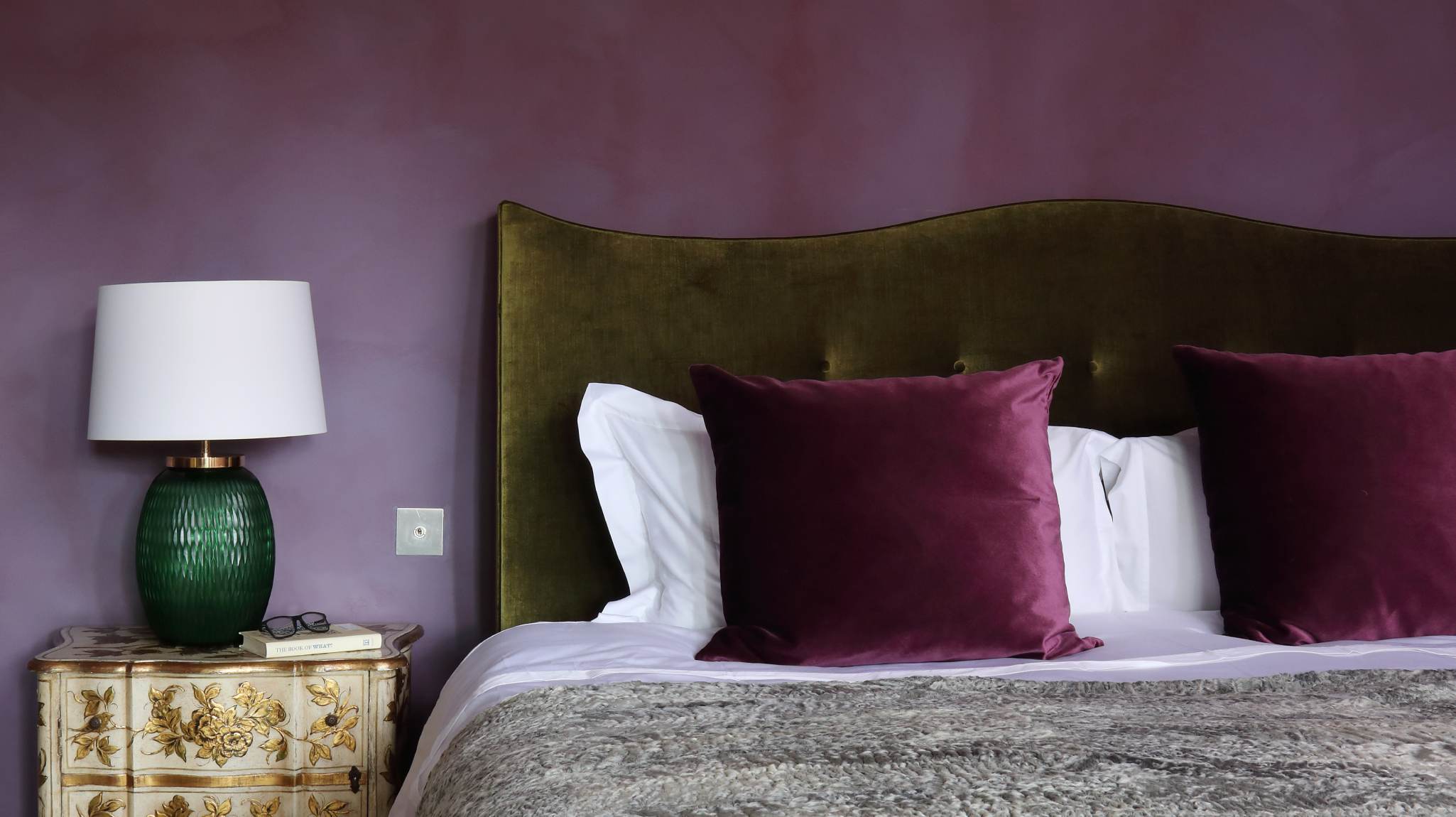
The mysteriously decadent purple
Although far less common, purple is a colour that exquisitely combines blue and red. This unique blend creates an extremely unusual and lively tone. Uniting the meaning of the two colours – the joy, youth, and energy of red, and the loyalty and trust of blue. And through that, in colour psychology, purple symbolises luxury, royalty, and wisdom.
For centuries, purple was and still is considered the most luxurious of colours. Fabrics in this tone often adorned royalty. Its vibrant and decadent appearance came from a costly dye, making it available to only the wealthiest. It’s also the colour that represents magic and the supernatural. This is because purple is a very rare colour to spot in nature, making it seem somewhat otherworldly. Try pairing it with a rich green tone for an extravagant ambience in your house.
‘Very Peri’ displays a spritely, joyous attitude and dynamic presence that encourages courageous creativity and imaginative expressions.
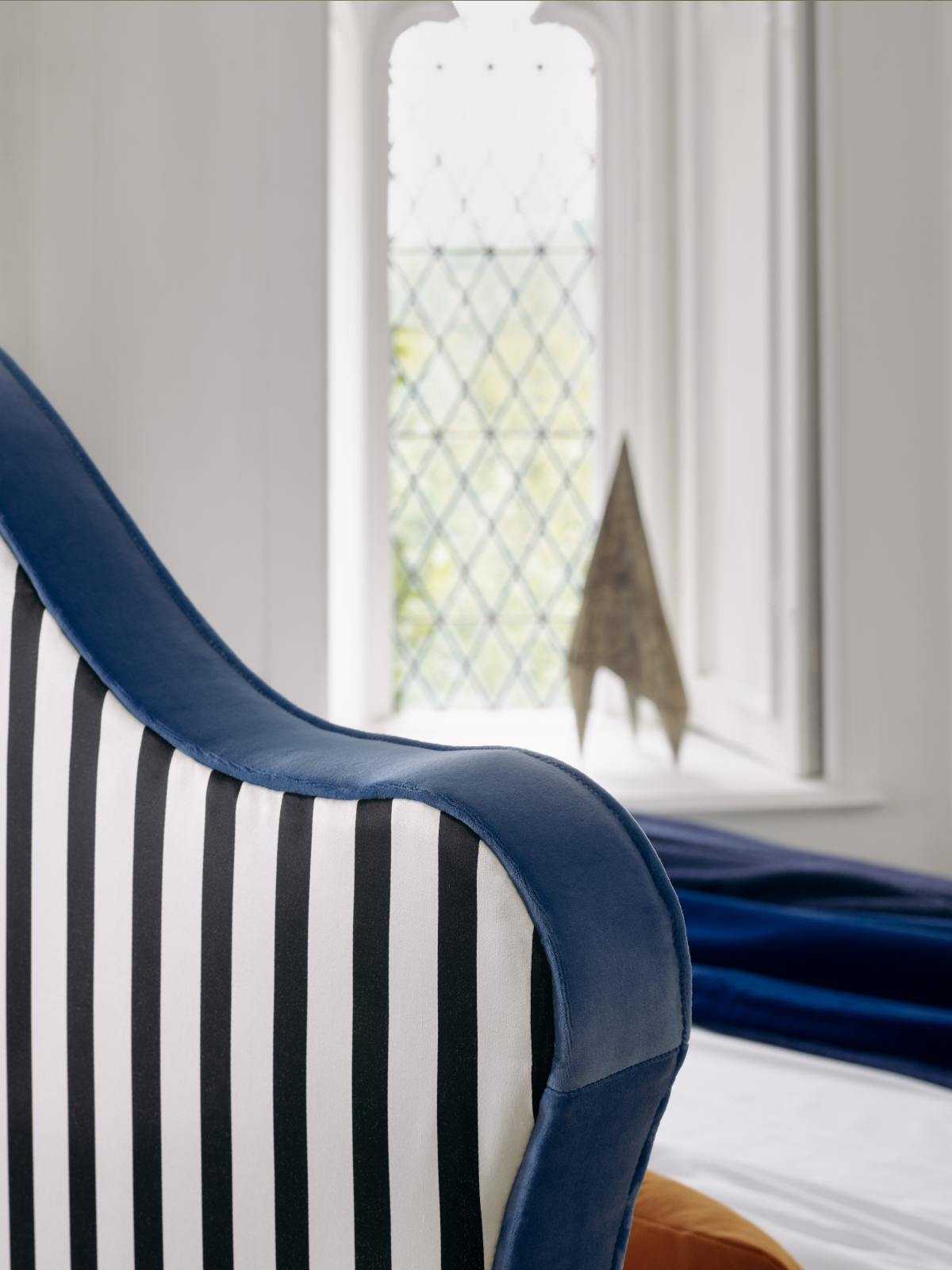
Black, the timeless symbol of elegance
Thanks to its irreplaceable stance in fashion and design, black is perceived as the most elegant, timeless, and classic of all colours. Although it evokes a range of contrasting emotions, it’s universally known as a sign of strength. It’s very often chosen as a key colour for many brands, including Savoir.
Fashion’s lasting love for this colour can be traced back to the 19th century. It’s when it was adopted as the colour of choice by the Romantics, such as Byron, Shelley, and Keats. They all regarded it favourably for its melancholic aura. The unapologetic power of this colour also alludes to a feeling of tradition, power, and authority. And so, when used in a design, it creates a feeling of grandeur.
Black is usually seen presented against the contrasting white, where both colours elevate one another like within the concept of Yinyang. And perhaps this is exactly where the power of the colour black comes from. Contrasting, yet equally influential feelings it evokes can only be perceived as a sign of strength.
The optimistic power of the colour white
On the opposite side of the spectrum sits white. The colour widely known to represent innocence, a fresh beginning and optimism. This extremely prevalent colour might just be the only one with a globally agreed meaning and emotion.
It’s a neutral colour that allows our eyes to rest, making it the perfect choice in design. Its use in architecture is associated with a classic and traditional look. Like the beautiful houses, cascading steps, and roads of Santorini in Greece. While it was originally used there for a very practical reason, the optimistic and tranquil feeling it evinces cannot be overlooked.
White is also the most favoured colour in interior design. Combined with different tones, earth shades and a mix of textures, it creates a calming and relaxed ambience. As opposed to being displayed on its own, which can create a sterile, almost hospital-like feeling when used indoors.
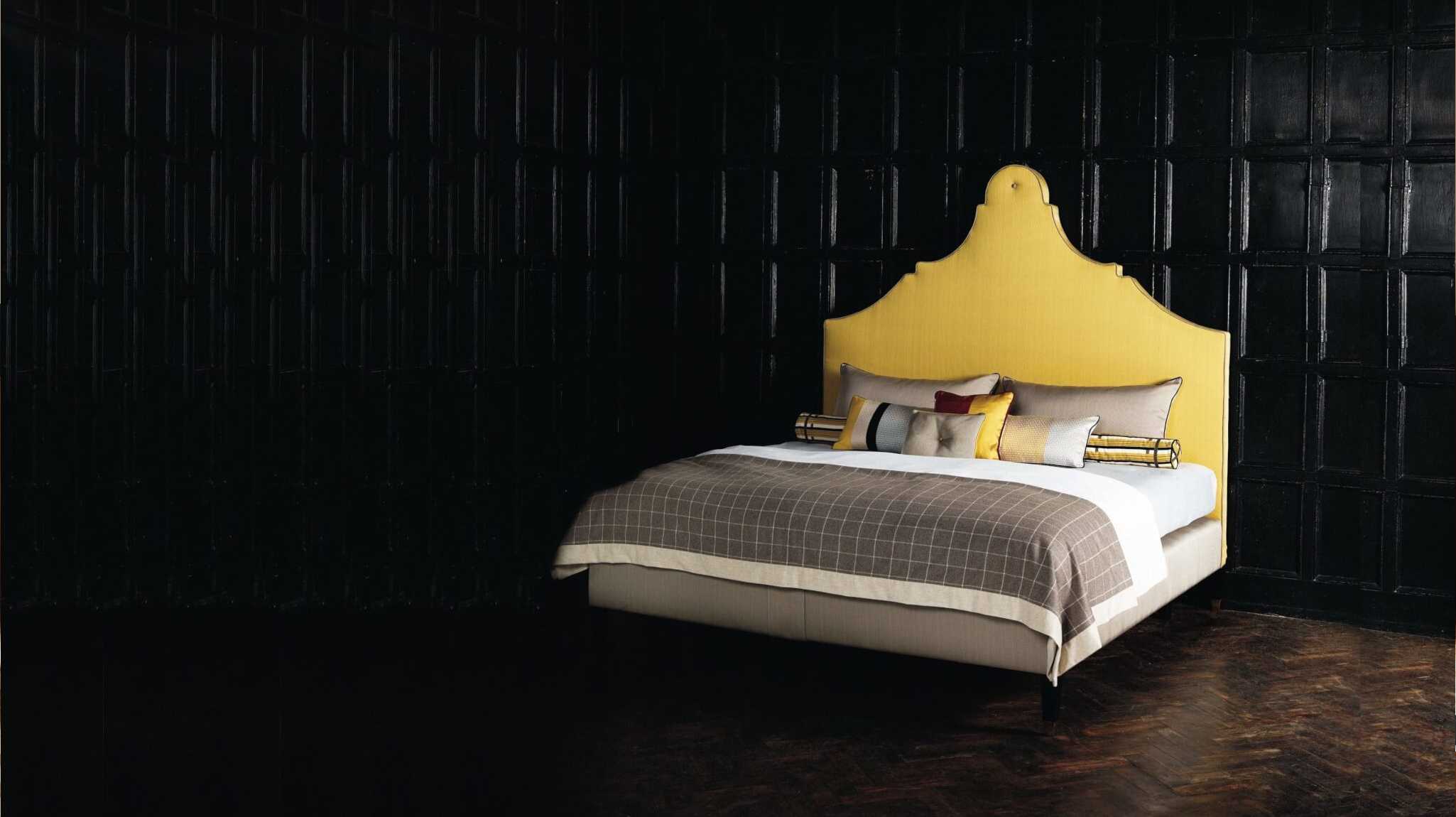
Yellow, the colour of joy
Yellow is commonly used to attract attention. We often see it on warning signs and safety clothing. And yet, despite what might initially sound alarming, yellow is universally viewed as a colour of happiness and youth. This feeling comes from where we most see it naturally – it’s the colour of the sun, flowers, and vegetables. Not at all coincidently, yellow is heavily used across food industries. Especially those that are popular amongst families with children, and in toys. This is because of the warm and youthful emotion it evokes.
That said, there is such a thing as too much yellow. According to The Wagner Institute of Colour Research, yellow activates the anxiety centre of the brain and especially in infants, it can result in crying. And albeit being a prevalent colour in interiors, it’s oftentimes used only as an accent. For example, instead of painting the entire room, a headboard in striking yellow will be a better option for creating a joy-inducing bedroom. This approach to yellow can also be seen in Van Gogh’s work – even though it was anecdotally his favourite colour, it rarely takes centre stage in his works. Regardless of your personal feeling toward yellow, in most cases, moderation is the right answer.
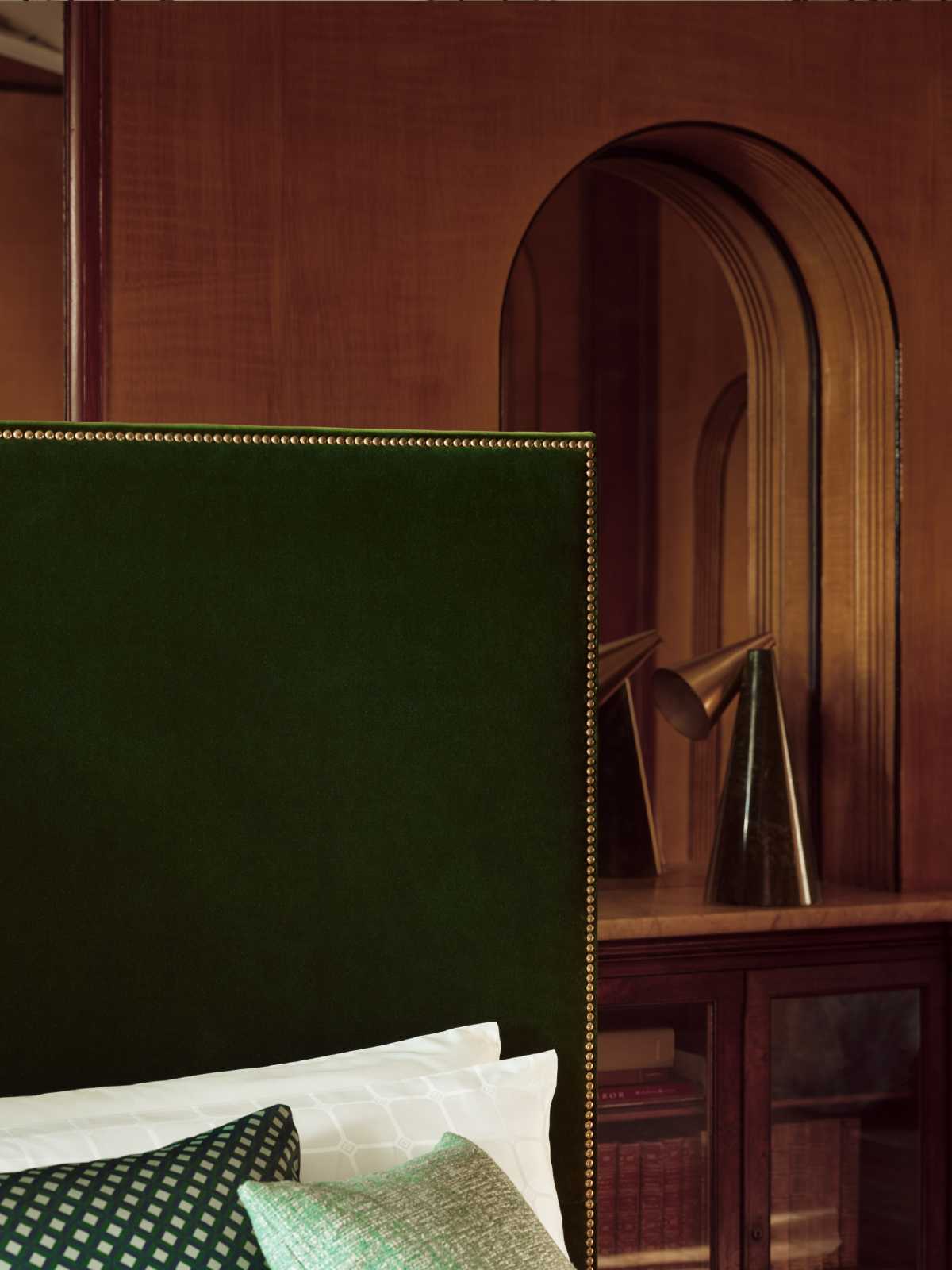
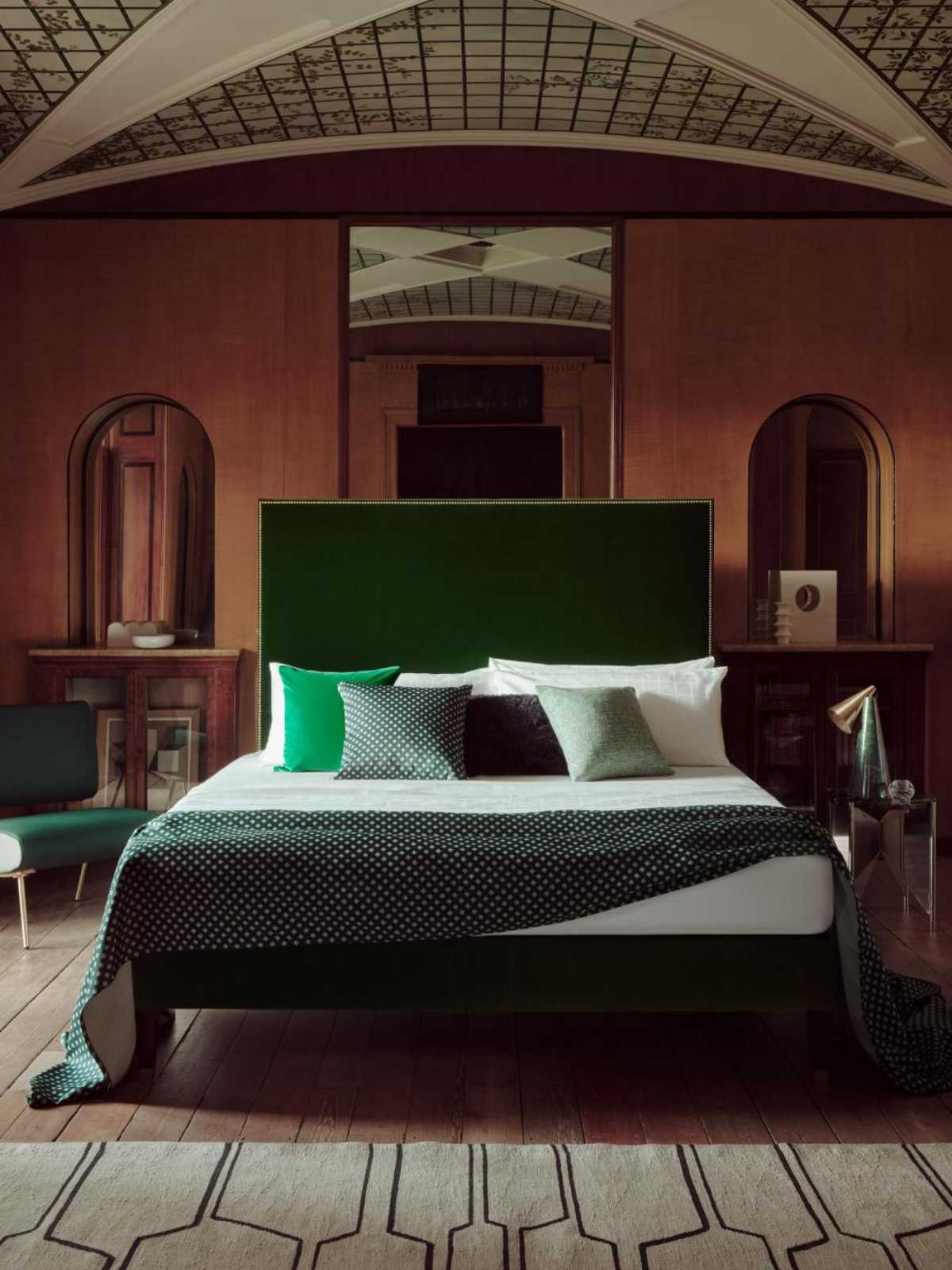
Green for good luck
Despite Shakespeare’s most infamous phrase ‘green with envy’, for the psychology of colour, green has very positive feelings attached to it. Thanks to its roots in the flora and fauna, green is most associated with nature. It embodies the feeling of peace, nurture, growth, and luck. Its use amongst brands and products represents a feeling of being full of life and vitality. While the addition of green in design and interior is used to draw the feeling of peacefulness indoors.
As opposed to red or yellow, green has a shorter wavelength. This means that our eyes don’t need to take as long to adjust to its tone, allowing us to view it as calming and relaxing. This is why we perceive blue and grey as tranquil colours too, whilst the longer wavelength colours like red or orange take a moment longer for our eyes to adjust and therefore are felt as bolder and stronger.
And although the universally assigned characteristics are still a driving force in understanding the psychology of colours – our views, traditions and background affect how we interpret each colour. In our everyday lives, we simultaneously allow the power of colour to dictate our choices. From the colour of your attire on a special day, or the choice of the colour of your bed linen. Through colour, we not only seek a way to express who we are to the world, but it’s also where we seek a reflection of how we feel.
